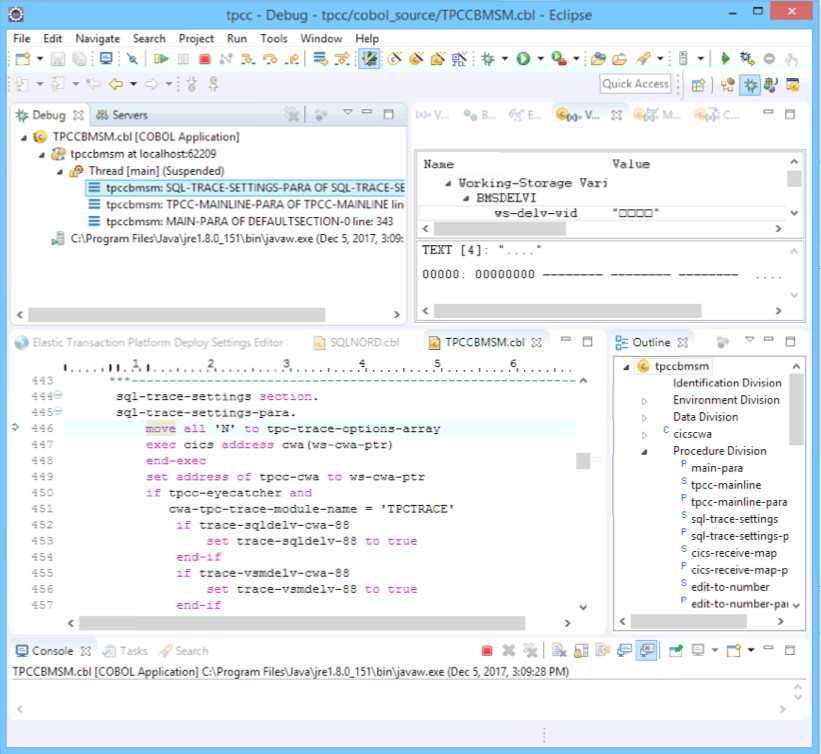Application Transformation (Done In 60 Seconds)
January 1st, 2018Mainframe COBOL/CICS/VSAM to Java Application Server & Relational DB
TL;DR — Watch the video below to see how Heirloom automatically takes a complex mainframe warehousing application to Java in 60 seconds with 100% accuracy, guaranteed.
Migrating mainframe workloads to anywhere is hard, right?

You may have seen vendor presentations that promise an assured migration process, led by analysis tools that paint interrelationships between application artifacts that bedazzle (mislead) you into believing that the complexity is well understood.
It’s also blatant vendor misdirection. The hard part is in the migration, not the analysis.
What you are seeing is superficial at best. A “shiny object” that distracts you from the complexity ahead, and one that steers you towards an expensive multi-year services-led engagement that is aligned with the vendor’s business model, not yours.
Just ask the vendor, “where does the application get deployed?”. If the answer is not “any Java Application Server“, you are being quietly led into a dependency on a labyrinthic proprietary black-box that underpins an enforced application software architecture (e.g. MVC). Any assertions that you are now on an agile, open, scalable, performant platform, die right there.
I’m not going to get into an extensive takedown (in this article) of why migration transformation toolsets that are borne of application analyzers are a hugely expensive strategic misstep because I’d like you to spend the next 60 seconds watching how astoundingly fast Heirloom is at transforming mainframe applications to Java.
Need a recap? What you saw was a mainframe COBOL/CICS implementation of the TPC-C benchmark (an application with over 50,000 LOC and 7 BMS screens) being compiled by Heirloom (without any code changes) and deployed to a Java Application Server for immediate execution via a browser. All the data for this application was previously migrated from VSAM (EBCDIC encoded) to an RDBMS (ASCII encoded). In later articles, we’ll demonstrate how Heirloom migrates mainframe batch, data, and security profiles just as quickly.
Although the resulting application is 100% Java (and deployable on-premise or to any cloud), Heirloom provides full support (via Eclipse plug-ins) for on-going development of the application in the host language (COBOL in this example, but PL/I also) or in the target language (i.e. Java), or both. This was done because any transformation is not just about the application artifacts. People are obviously a big part of the IP equation, and securing the engagement of IT staff is essential to ensure a successful transformation. Not just on day 1, but for many years post-deployment.


